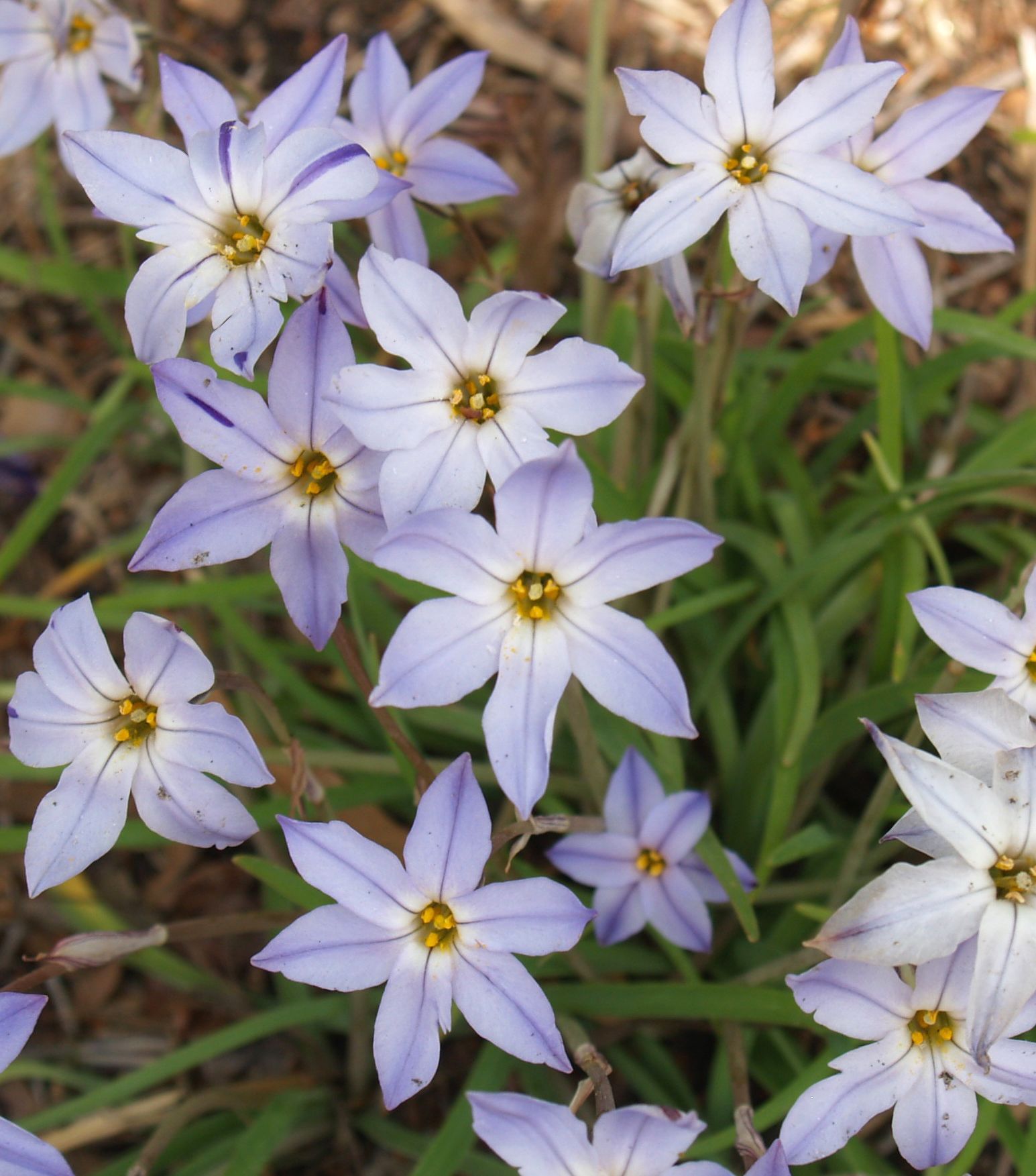Hey, Darrell
Published 12:00 am Friday, April 11, 2014
SALISBURY — Last week’s garden column featured moss in lawns and ways to control it as a weed. Many homeowners call and complain about moss in their lawns, but, ironically, there are those who want to retain a green moss carpet in their wooded areas.
For those who would actually enjoy moss, cultivated moss varieties are available from specialized nurseries. Certain types of moss in some situations will adapt as a lawn or as a landscape feature. Basically, moss needs filtered daylight (not direct sun) and ample moisture. If you don’t have these, you cannot grow moss. The more moisture, the quicker it grows, however it doesn’t need deep watering. If possible, irrigate moss laden areas two minutes every day in the early morning to maintain constant growth. Moss may be the answer to those with low light, but patience is required as moss also takes time to grow and expand as a lawn.
Below are more lawn questions Cooperative Extension received this week.
Question: There is a low-growing weed of some type in my lawn that has a pretty blue flower. Do you know what type of plant this is?
Answer: This is most likely a type of speedwell (Veronica persica Poir). Persian speedwell is a low-growing winter annual found in turf, nursery crops and non-tended areas. Speedwells will grow in a variety of situations, but are mostly found in shady areas with dry, sandy or rocky soils. The most noticeable characteristics are the small, powder blue flowers. Go to http://www.turffiles.ncsu.edu/weeds/Speedwell_Veronica.aspx for more detailed information.
Question: I sprayed my lawn last week and the weeds are still growing, especially chickweed. I’ve used the recommended herbicide and sprayed the lawn twice. Am I doing something wrong?
Answer: Chickweed usually takes about two weeks to completely die after being sprayed with a 2,4-D product. Normally, the weeds wilt in few days, indicating the herbicide is working. The weed is more difficult to control if it’s in full bloom. Herbicides used to control broadleaf weeds are growth regulators, relying on plant growth for absorption. Blooming winter annuals often shut down during bloom and therefore absorb herbicides at a slower rate.
Question: I was driving in Spencer the other day and saw these really pretty flowers growing along the roadway. They seemed to be growing wild in the yard and not planted. What is this flower?
Answer: The flower you may most likely observed was the spring star flower Ipheion uniflorum. It’s a small blooming bulb that is now in bloom around the county. The bulb easily naturalizes in wooded areas as well as rock gardens and lawns. It’s native to South America and is one of a few plants that can survive under black walnuts.
Darrell Blackwelder is the county Extension director with horticulture responsibilities with the North Carolina Cooperative Extension Service in Rowan County. Learn more about Cooperative Extension events and activities by calling 704-216-8970 Facebook or online at www.rowanextension.com





